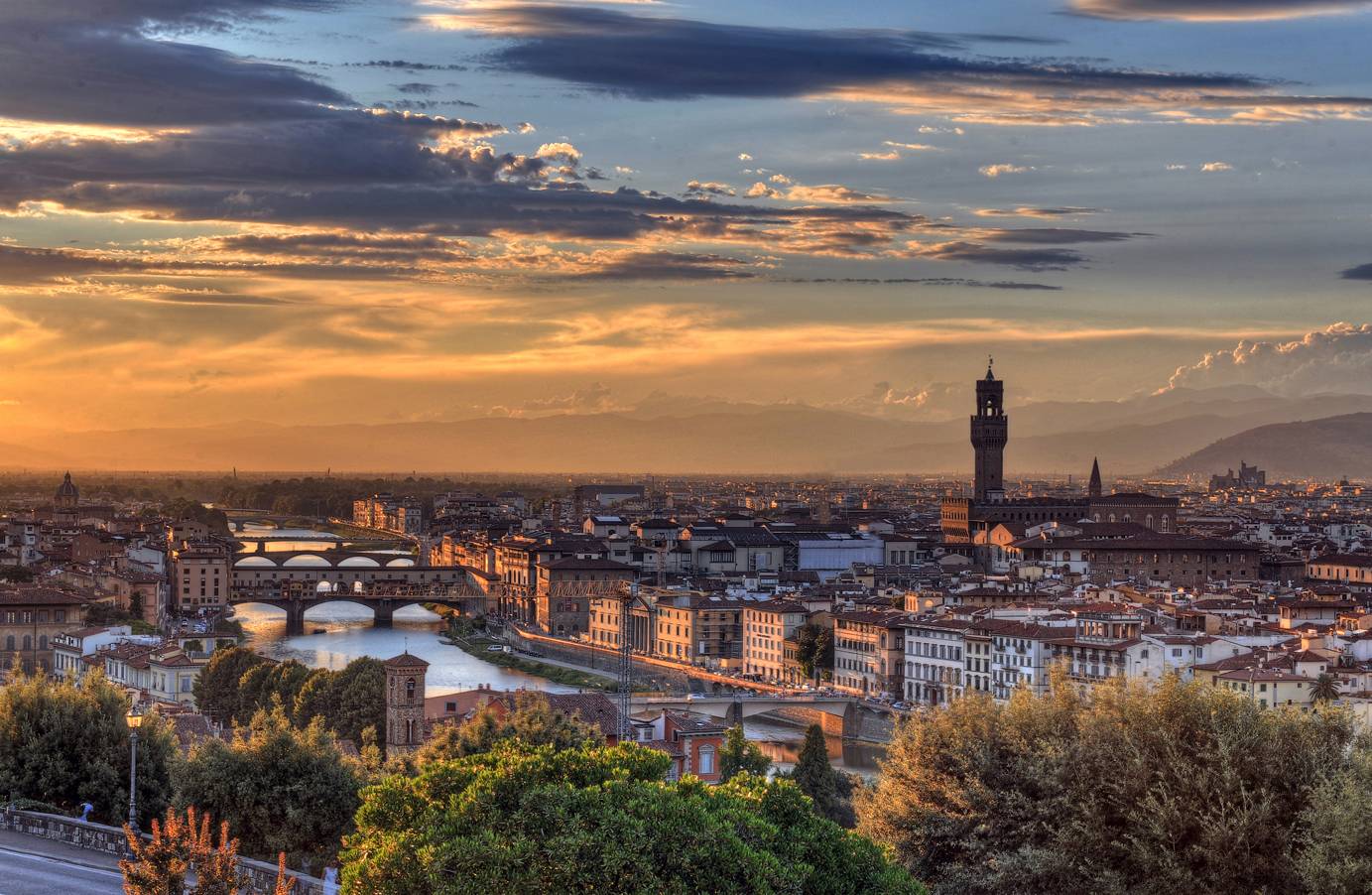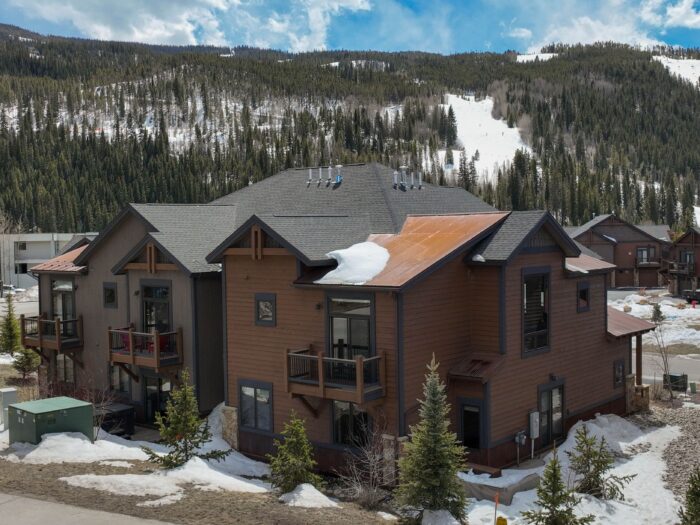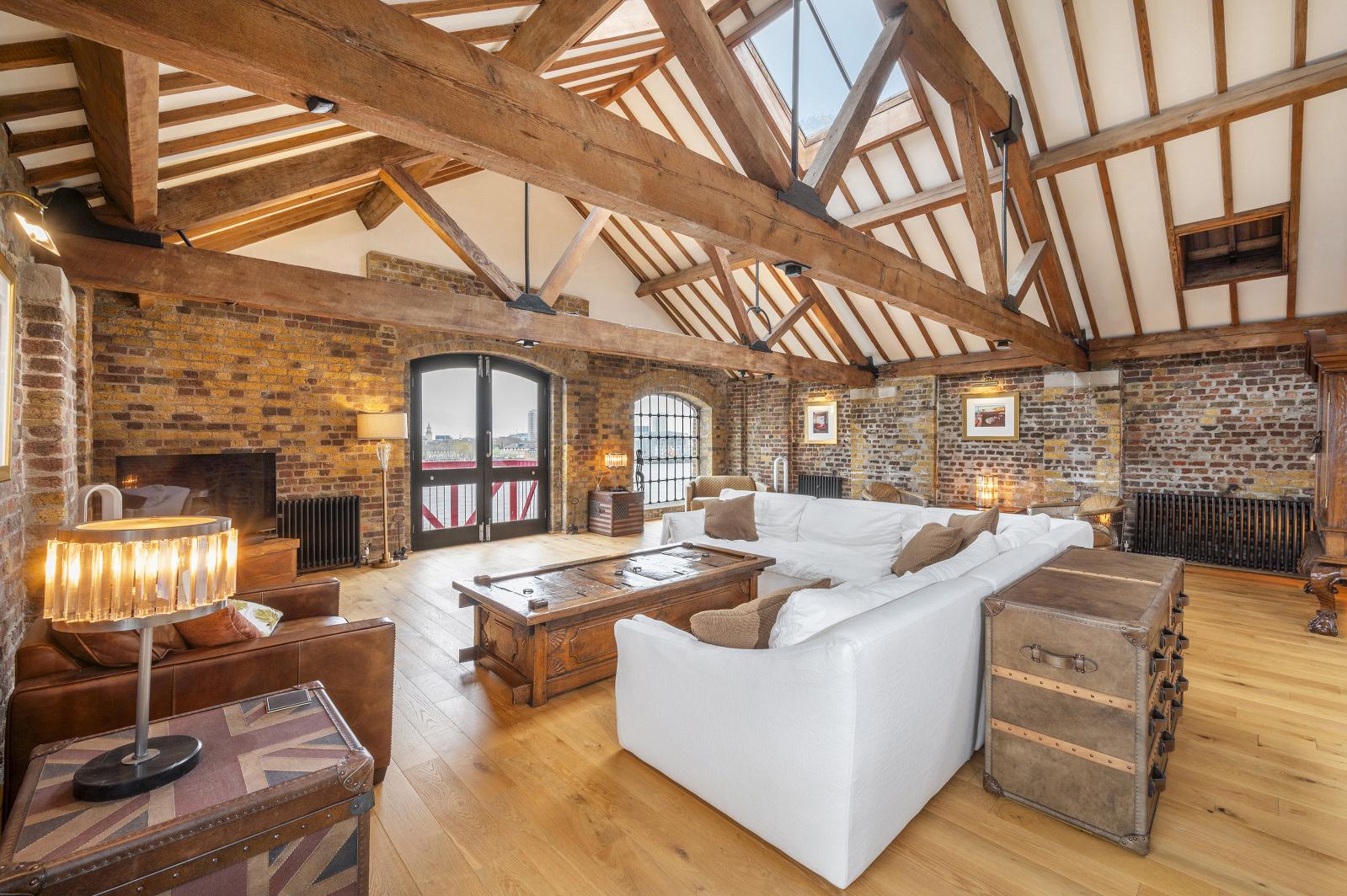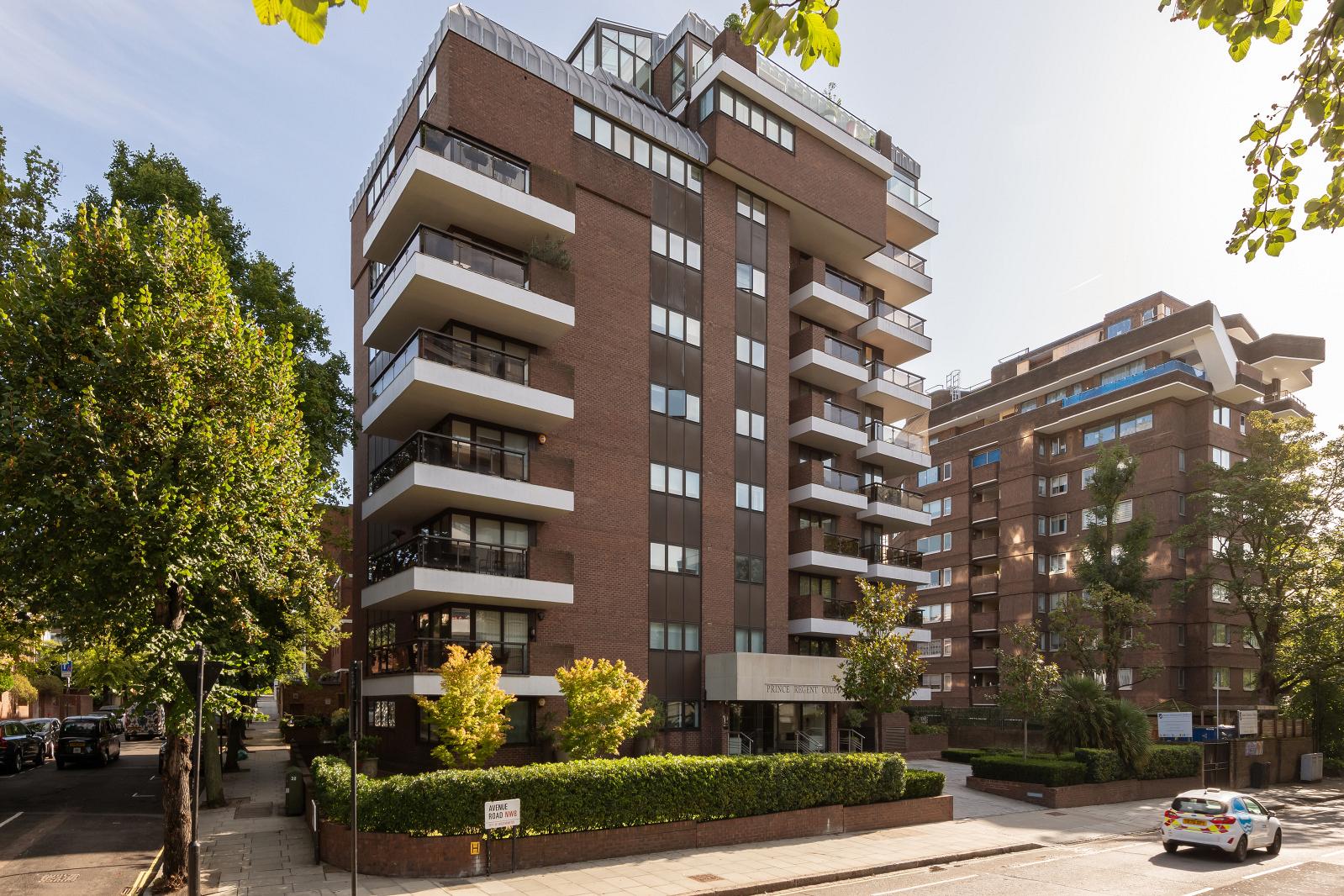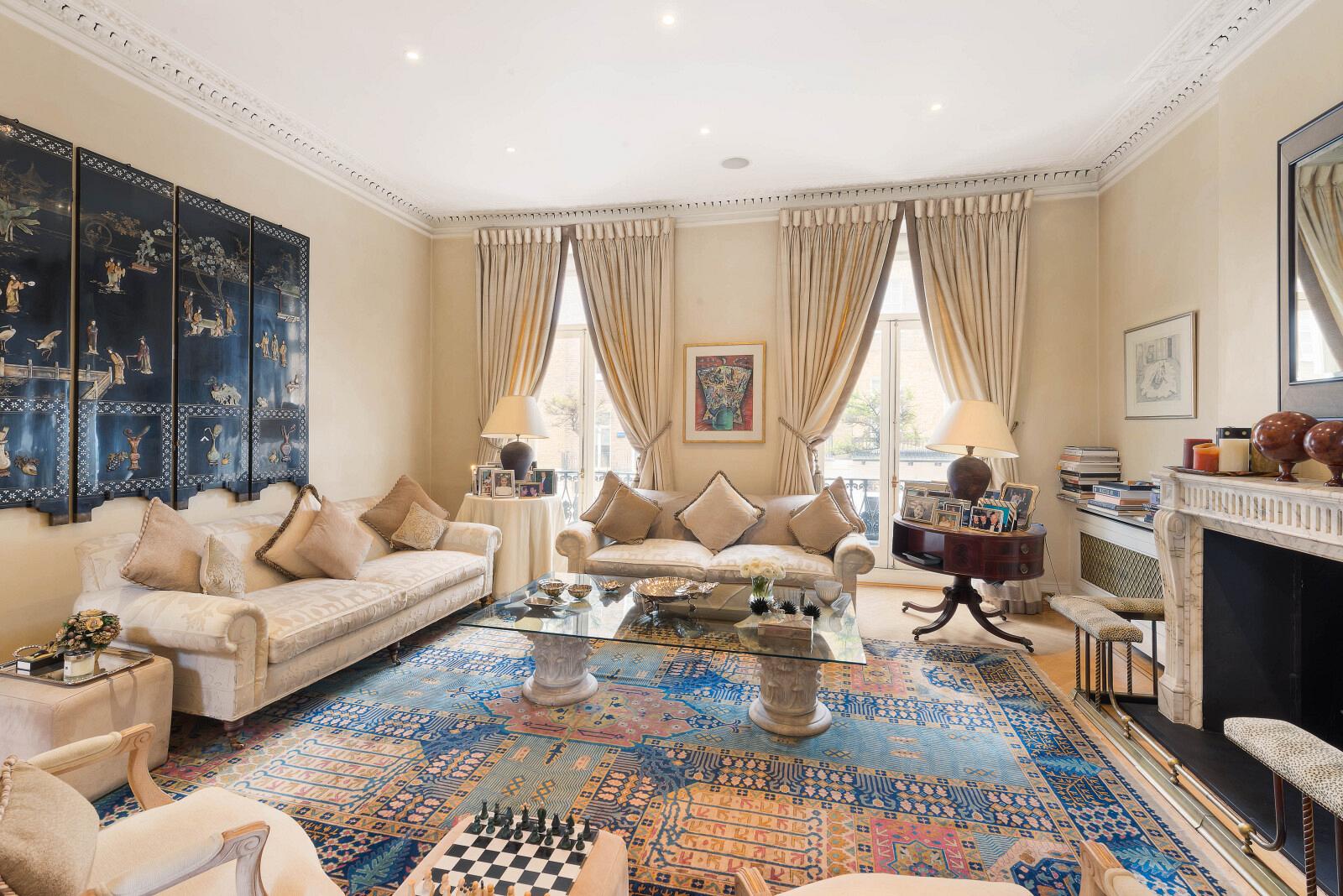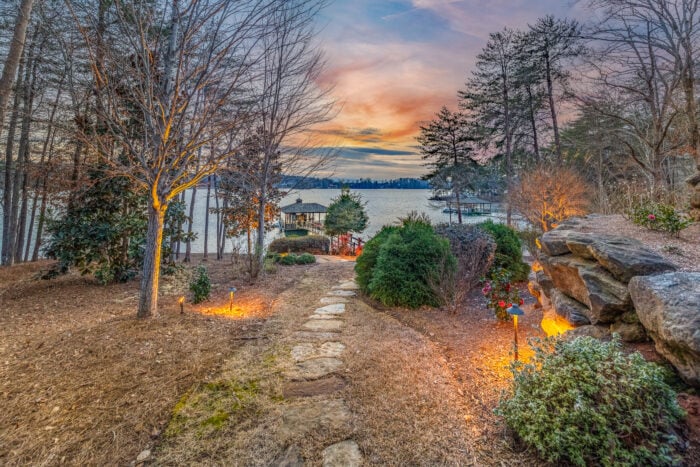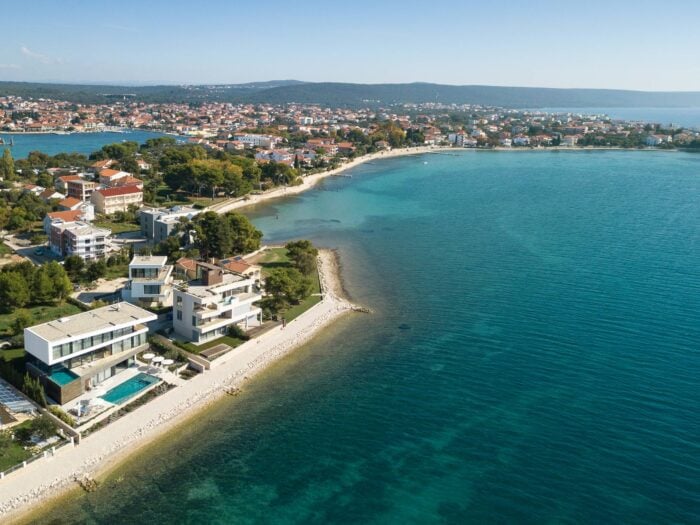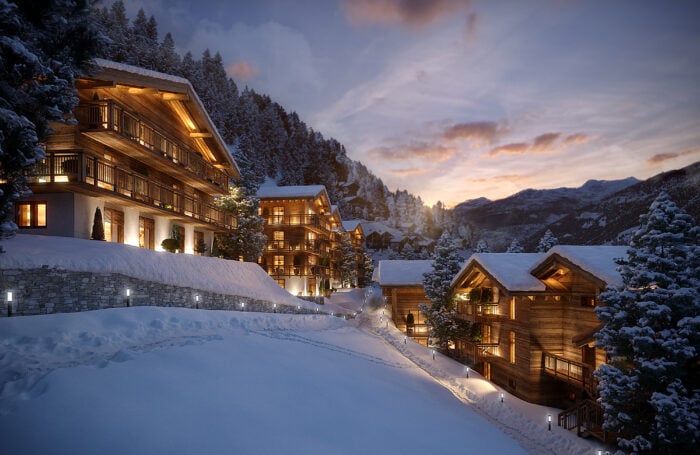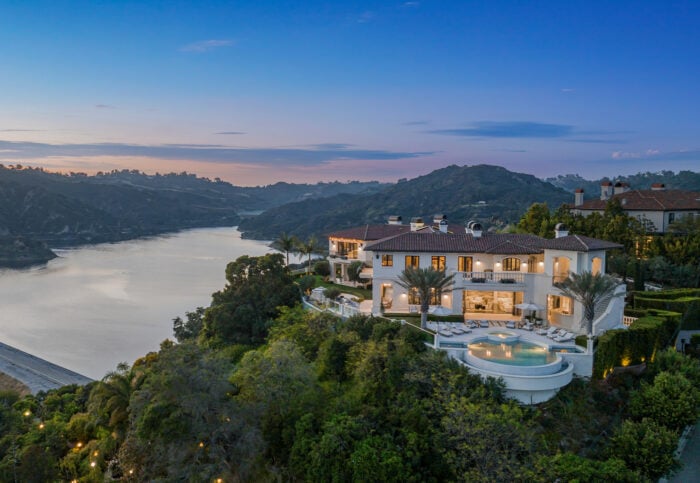Building Heritage’s Florence headquarters on Lungarno Vespucci along the Arno River can appear a bit nondescript for an 18th-century building—at least when viewed from the street. Inside, ornately carved crown moldings and doorways, tapestries and original frescos grace the walls; intricately coffered ceilings complete the opulent look. A circular balcony leads to steps that cascade into a private courtyard.
Jacopo del Maestro joined Building Heritage in 2020 and is the general manager of these palatial offices. The firm is headed by CEO and founder Cinzia Romanelli, who launched her first agency 25 years ago in Florence. Romanelli’s 37-member team services exclusive properties in major Italian cities as well as in Tuscany, Lake Como, Capri and Portofino, among other areas.
Del Maestro, born in Pisa, traveled the world from ages 19 to 27 and gained hospitality experience along the way, which augmented his formal education in hospitality and restaurant management at Pisa-based Ipsar Giacomo Matteotti. We reached him at Building Heritage’s sumptuous suite of offices.

The historic Florence residence where Italian Renaissance artist Michelangelo lived at an early age was sold in 2023. (Building Heritage)
The residential market in Italy has slipped, as in many European countries. Tell us how much. Also, how’s the luxury segment faring?
The middle residential market has slowed by about 30% to 50%. But at the same time, the luxury market has increased by about 20%. And it’s getting better—the outlook for 2024 is really interesting. There’s a projected increase next year of perhaps 10%. So we’re feeling really confident about next year. This is the reason we focus on high-level cities like Milan, Florence and Rome—there are good results in luxury real estate. And we’ve also done well in the capital [commercial] market; some amazing numbers in those markets. But 85% of our brokers specialize in residential real estate.
Please name some recent notable sales.
We have a building next to Piazza San Marco in Venice that we’re handling off-market. It’s an outstanding development because it’s not easy to find a building in Venice, a key location with both commercial and residential potential. We’re now dealing with a foreign group on this that is eager to invest in Venice.
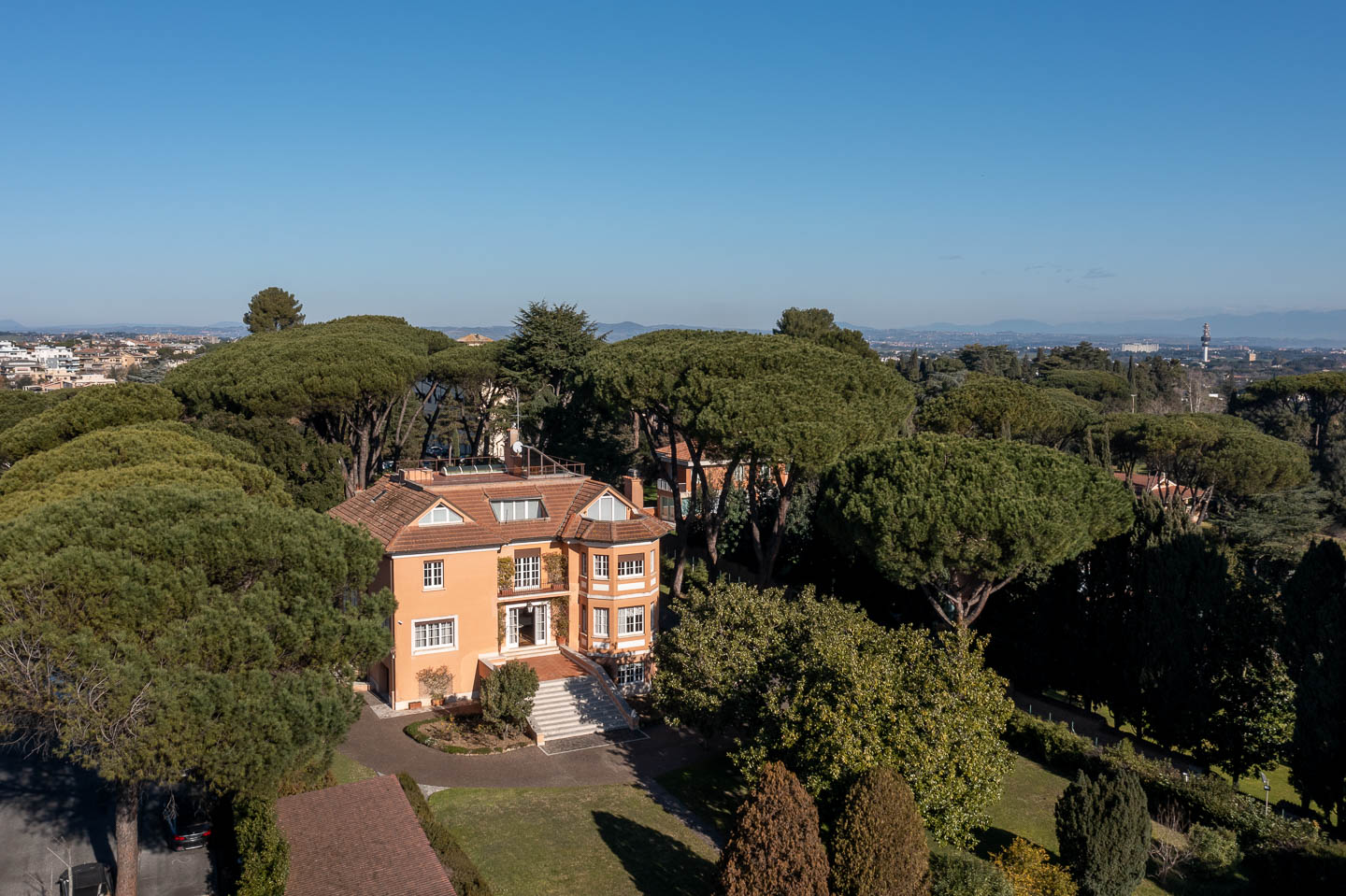
In North Rome, an impressive villa tied to the Gucci fashion family is listed for sale at €15 million. (Building Heritage)
And you recently sold Villa Michelangelo near Florence—the early family home of the famed Italian artist.
Yes, one of our more interesting sales, a quite important historical villa. The sale was announced in November; the asking price was €8 million [about 8.8 million USD]. The villa is on about one hectare of land [about 2.5 acres], with 900 square meters of living space [about 9,700 square feet]. It was built sometime between the 14th and 15th centuries. It’s set on the hills above Florence with great views of the countryside. There’s a square tower, which was once a guardhouse. Also, a covered terrace with arches and a patio. It feels like the house of a prince.
And we’re quite familiar with Villa Gucci, the 13,000-square-foot estate in North Rome built by Aldo Gucci in 1951—with a Building Heritage asking price of €15 million (about 16.5 million USD).
We’ve been putting lots of effort into selling this property. I think for the value of the property, it’s one of the most prestigious that can be bought in Rome. When you’re there, you feel the exclusivity of the land. The feeling inside the house is something very special because you realize that it was owned by one of the most important families in fashion. Being Italian, you feel as if you’ve grown up with the Guccis, that you’re a part of the family. The villa has a mix of styles—an Italian estate with an English touch, especially found in the bay windows. So there’s an international feel about the property. It’s unique.
A midcentury Italian estate—from the recent last century—must seem rather new given the predominance of heritage properties you represent.
Building new property in Italy is really hard. In historical cities like Venice, Florence, Rome and Capri, and in regions like Liguria, they really don’t develop new areas. They renew what already exists. There’s no permission to develop because those areas are already overbuilt. The only exception is in Milan where there’s new development such as CityLife [a 90-acre commercial and residential development near Milan’s center]. Our clients are usually looking for a renovated historical property that has a contemporary twist. That’s what people really love. Because no one wants to live in an ancient 17th-century house that’s not modernized.
Global luxury buyers are turning to Italy to take advantage of tax breaks. An incentive introduced in 2017 exempts new residents, who pay a €100,000 (about 110,000 USD) annual fee, from taxes on overseas income they generate. How is this affecting your business?
Before Covid, foreigners, even if they were really wealthy, were focused on renting houses. But now, people want to buy and move to Italy. Many are from Great Britain and also South and North America. I’ve gotten several leads like this in the last couple of months because the real estate market here is really attractive. So yes, we’ve definitely seen a difference with foreigners now buying, and we’re taking advantage of that market.

Building Heritage team, founded by Cinzia Romanelli (center), services exclusive properties in major Italian cities as well as in Tuscany, Lake Como, Capri and Portofino. (Building Heritage)
You’re still involved in TipsHere, a real estate app you created in 2020 with two partners.
At the beginning, I was involved almost 100%, but after I joined Building Heritage I stepped back and now just provide ideas and suggestions. It allows people to make money with real estate even if they are not in the market. Through our app, people provide property leads, and we give them money back if the listing proves to be valid. We sell the leads to real estate agents. We have almost 100 agents under contract. And we’re now collaborating with one of the most important real estate companies in Italy. TipsHere is a new concept, and many have tried creating something really close to it.
You live near Piazza Cesare Beccaria, which is slated to host a stop along the Florentine Tram network’s newest line. Do you fear a tourist invasion of your neighborhood?
I live here because the area is not touristy; there are a lot of locals. There are many nice restaurants and bars. It’s very close to the Lungarno [along the Arno River]—a beautiful green path, and also a park. It’s really the most comfortable area in Florence. I live with my fiancée, Elena Rosai, on the top floor of a 19th-century building with a lovely terrace. She shares my passion. She owns an architecture studio, GAP31. Since I live real estate 24/7, it’s beautiful to share that passion with her.
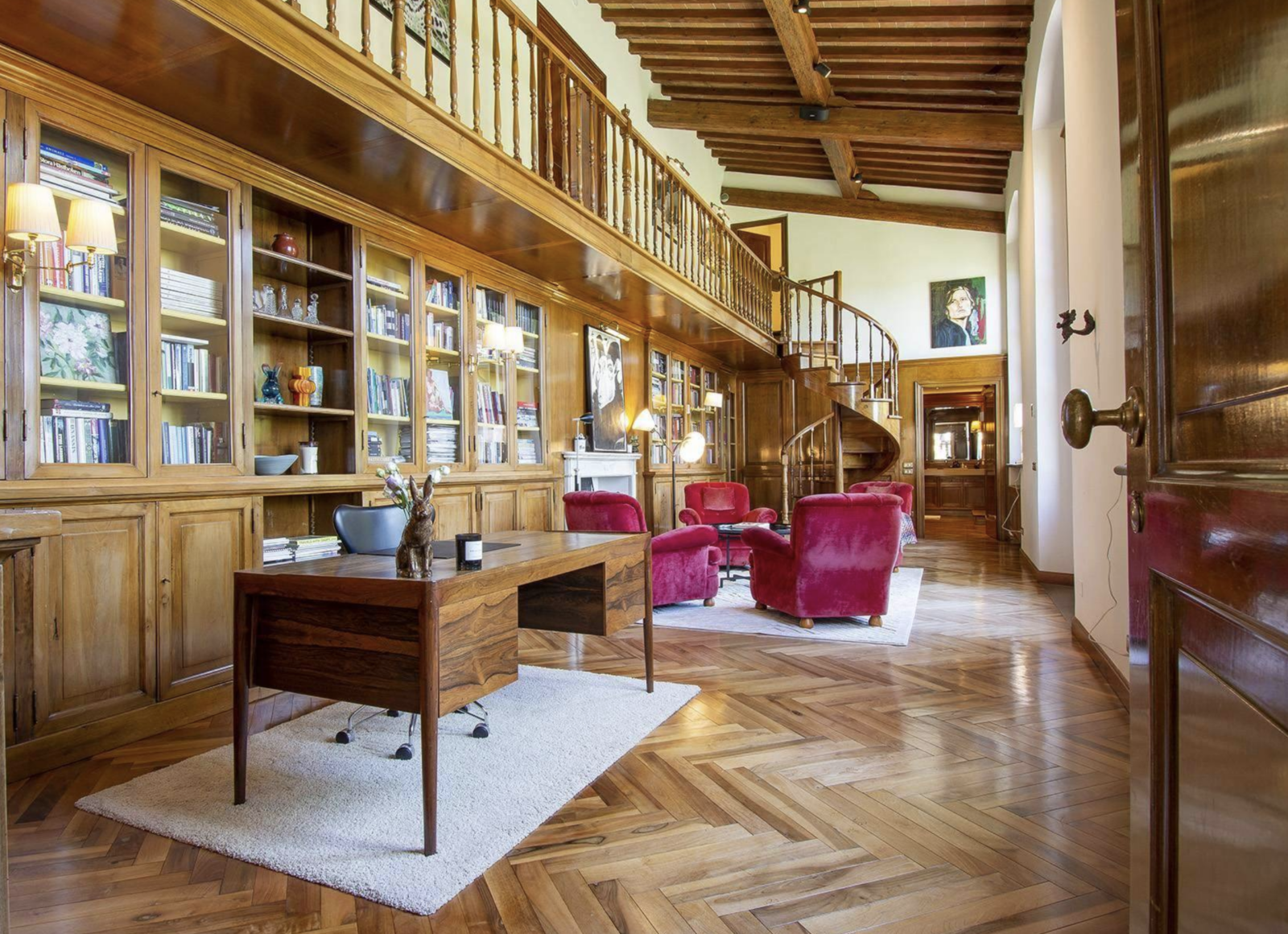
Built in 1900, this sprawling villa is tucked away in one of the most prestigious areas of Florence. (Building Heritage)
Along with your BMW Gelände Sport motorcycle.
I spent several years traveling around the world and I really loved it. So every time I have a holiday, I just take off on my GS. Usually now, little journeys of up to 250, 300 kilometers [about 150 to 200 miles] around Tuscany, to Liguria, Cinque Terre. I’m basically a guy who loves adventure, who loves to travel.
